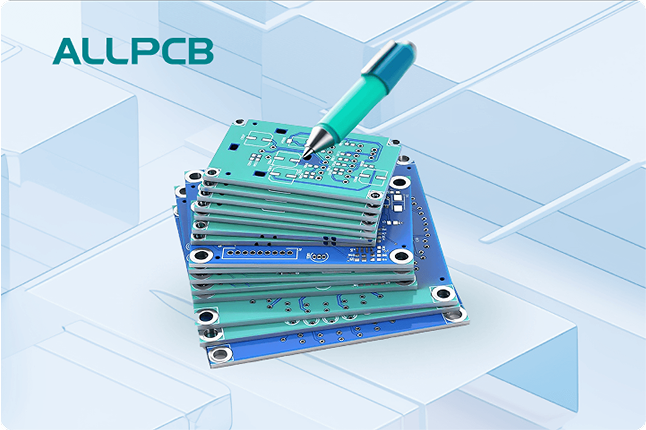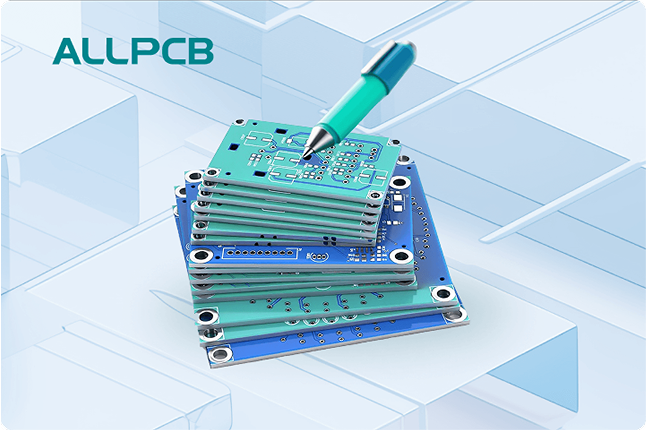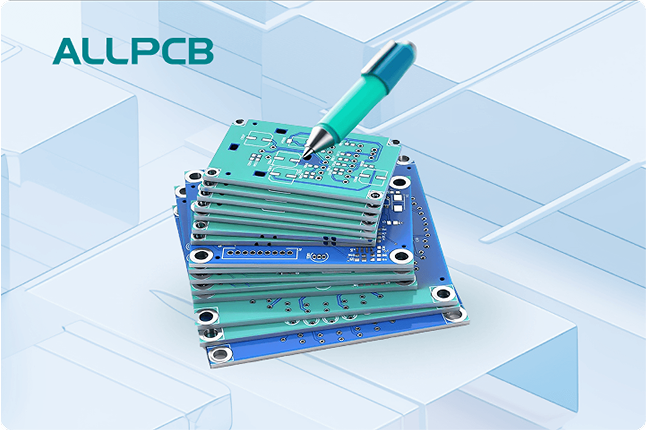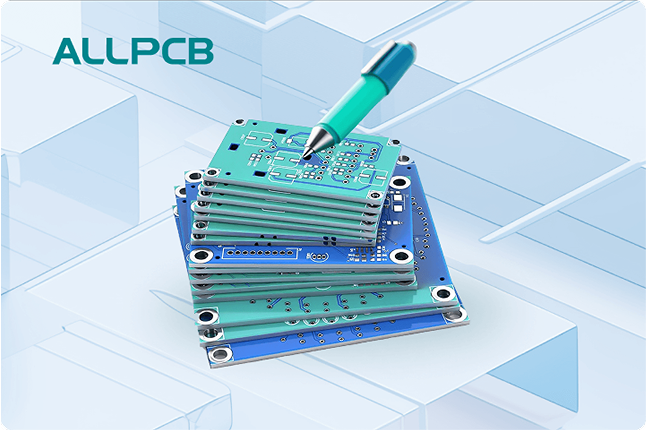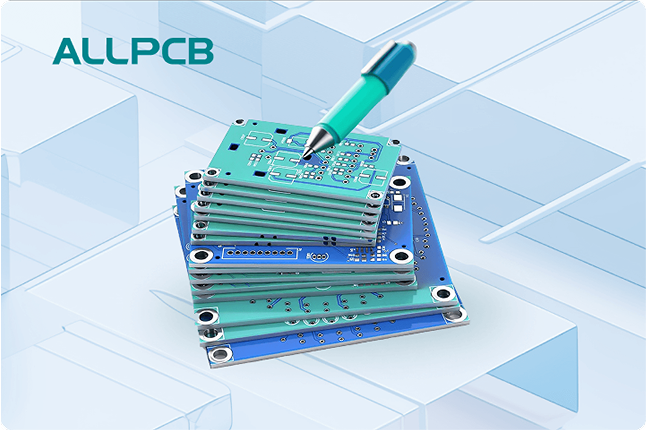When designing high-frequency printed circuit boards (PCBs), selecting the right material is critical to ensure optimal performance. High-frequency applications, such as those in telecommunications, radar systems, and high-speed digital circuits, demand materials that minimize signal loss and maintain signal integrity. The two key properties to consider are the dielectric constant (Dk) and the loss tangent (Df), which directly impact how signals travel through the board. In this deep dive, we’ll explore the essentials of high-frequency PCB material selection, focusing on low loss tangent PCB materials, dielectric constant in high-frequency designs, and comparisons like Rogers vs FR4 for high-frequency use, as well as PTFE in PCB design.
At its core, choosing a material for high-frequency PCBs involves balancing electrical performance, thermal stability, and cost. Materials with a low dielectric constant and low loss tangent are often preferred for reducing signal delay and loss. In the sections below, we’ll break down these concepts, explain their importance, and guide you through the decision-making process to help you select the best material for your project.
Understanding High-Frequency PCBs and Material Needs
High-frequency PCBs operate at frequencies typically above 1 GHz, where signal integrity becomes a major concern. At these frequencies, even small variations in material properties can cause significant signal distortion, delays, or losses. This is why material selection is so important for applications like 5G technology, satellite communications, and automotive radar systems.
The primary factors to consider in high-frequency PCB material selection are the dielectric constant (Dk) and the loss tangent (Df). The dielectric constant determines how much a material affects the speed and impedance of a signal, while the loss tangent measures how much signal energy is lost as heat. Together, these properties influence how well a PCB can handle high-frequency signals without degradation.
Beyond electrical properties, thermal stability and mechanical strength also play a role. High-frequency circuits often generate heat, so materials must withstand temperature changes without deforming or losing performance. With these needs in mind, let’s dive into the specifics of Dk and Df and how they guide material choices.
What Are Dielectric Constant (Dk) and Loss Tangent (Df)?
Dielectric Constant (Dk) in High-Frequency Designs
The dielectric constant, often abbreviated as Dk, is a measure of how much a material can store electrical energy in an electric field. In the context of high-frequency PCBs, Dk affects the speed at which signals propagate through the board and the characteristic impedance of transmission lines. A lower Dk value means signals travel faster and with less delay, which is crucial for high-frequency applications.
For instance, a material with a Dk of 2.2 will allow signals to propagate faster compared to a material with a Dk of 4.4, assuming other factors are constant. This difference can be critical in designs where timing is everything, such as high-speed digital circuits operating at 10 Gbps or more. A lower dielectric constant in high-frequency designs also helps maintain consistent impedance, reducing signal reflections that can cause errors.
Loss Tangent (Df) and Signal Loss
The loss tangent, or Df, measures the energy loss in a dielectric material as a signal passes through it. A lower loss tangent indicates less energy is converted to heat, meaning better signal integrity. For high-frequency PCBs, selecting a low loss tangent PCB material is essential to minimize signal attenuation, especially over long traces or at frequencies above 5 GHz.
For example, a material with a Df of 0.001 will have significantly less signal loss compared to one with a Df of 0.02 at 10 GHz. This difference can mean the distinction between a reliable communication system and one plagued by noise and dropped signals. Low loss tangent materials are particularly important in applications like microwave circuits and RF designs.
Key Materials for High-Frequency PCBs
With an understanding of Dk and Df, let’s explore some common material categories used in high-frequency PCB design. Each material type offers unique properties that make it suitable for specific applications.
Standard FR4 Materials: Limitations at High Frequencies
FR4 is a widely used PCB material made of woven fiberglass and epoxy resin. It’s cost-effective and works well for low-frequency applications, with a typical Dk of around 4.3 to 4.7 and a Df of 0.02 at 1 GHz. However, when comparing FR4 in high-frequency scenarios, its higher Dk and Df values lead to slower signal speeds and greater signal loss, making it less ideal for frequencies above 1 GHz.
In applications like basic consumer electronics, FR4 might suffice. But for high-speed digital or RF designs, its limitations become apparent, often necessitating alternative materials with better electrical properties.
Advanced Laminates for High-Frequency Performance
Advanced laminates, often based on specialized resin systems, are designed specifically for high-frequency applications. These materials typically have a Dk ranging from 2.2 to 3.5 and a Df as low as 0.001 to 0.003 at 10 GHz. They offer excellent signal integrity and are commonly used in telecommunications and aerospace industries.
These laminates outperform standard FR4 in high-frequency scenarios due to their lower dielectric constant and loss tangent. They also provide better thermal stability, which is vital for maintaining performance under varying operating conditions.
PTFE-Based Materials in PCB Design
Polytetrafluoroethylene (PTFE) is another popular choice for high-frequency PCB design. Known for its extremely low Dk (around 2.1) and Df (as low as 0.0003 at 10 GHz), PTFE ensures minimal signal delay and loss. PTFE PCB design is often seen in microwave and RF applications where performance cannot be compromised.
While PTFE offers superior electrical properties, it can be more challenging to process and is generally more expensive. It’s best suited for critical applications like satellite systems or high-end radar where cost is secondary to performance.
Comparing Material Options: Rogers vs FR4 in High-Frequency Applications
When discussing Rogers vs FR4 in high-frequency contexts, the differences in performance are stark. Advanced laminates often provide a middle ground between the affordability of FR4 and the premium performance of PTFE. They are engineered to have consistent Dk and low Df values across a wide frequency range, ensuring reliable performance in demanding applications.
For instance, while FR4 might cause significant signal attenuation at 5 GHz, advanced laminates maintain signal strength, making them suitable for modern wireless communication systems. They also offer better impedance control, which is critical for matching transmission lines in high-frequency designs.
However, cost remains a factor. Advanced materials can be several times more expensive than FR4, so the decision often comes down to the specific requirements of the project. If your design operates below 1 GHz, FR4 might still be a viable option. For anything higher, especially above 3 GHz, investing in advanced laminates or PTFE is often necessary.
Factors to Consider in High-Frequency PCB Material Selection
Choosing the right material for your high-frequency PCB involves evaluating several factors beyond just Dk and Df. Here are the key considerations to keep in mind during the selection process.
Operating Frequency and Signal Requirements
The frequency at which your circuit operates is the starting point for material selection. As frequency increases, the impact of Dk and Df becomes more pronounced. For example, at 10 GHz, a material with a Df of 0.01 can cause noticeable signal loss over a 10-inch trace, while a material with a Df of 0.001 might show negligible loss.
Thermal and Mechanical Stability
High-frequency circuits often experience temperature fluctuations due to power dissipation. Materials must maintain their electrical properties under these conditions. PTFE, for instance, has excellent thermal stability, withstanding temperatures up to 260°C without significant changes in Dk or Df. In contrast, standard FR4 can degrade above 130°C, making it unsuitable for harsh environments.
Cost and Manufacturability
While performance is critical, budget constraints can’t be ignored. PTFE and advanced laminates offer superior performance but at a higher cost and with more complex manufacturing requirements. Balancing cost with performance needs is essential, especially for large-scale production.
Practical Tips for Selecting Low Loss Tangent PCB Materials
Selecting a low loss tangent PCB material can significantly improve the performance of your high-frequency design. Here are some practical tips to guide your decision:
- Match Material to Frequency Range: For designs above 5 GHz, prioritize materials with a Df below 0.005 to minimize signal loss.
- Consider Trace Length: Longer traces amplify the effects of signal loss, so opt for low Df materials if your design includes extended transmission lines.
- Evaluate Environmental Conditions: If your PCB will operate in high-temperature or humid environments, choose materials with proven stability under those conditions.
- Test Before Full Production: If possible, prototype your design with different materials to measure real-world performance before committing to a specific option.
Conclusion: Making the Right Choice for High-Frequency PCB Design
Selecting the right material for high-frequency PCBs is a critical step in ensuring the success of your design. By understanding the dielectric constant in high-frequency applications and prioritizing low loss tangent PCB materials, you can minimize signal loss and maintain integrity even at frequencies above 10 GHz. Whether you’re comparing options like Rogers vs FR4 in high-frequency contexts or exploring PTFE PCB design, the key is to align material properties with your project’s specific requirements.
At ALLPCB, we’re committed to helping you navigate the complexities of high-frequency PCB material selection. With a deep understanding of Dk and Df, along with practical considerations like cost and thermal stability, you can confidently choose a material that delivers both performance and reliability for your next project.
 ALLPCB
ALLPCB


